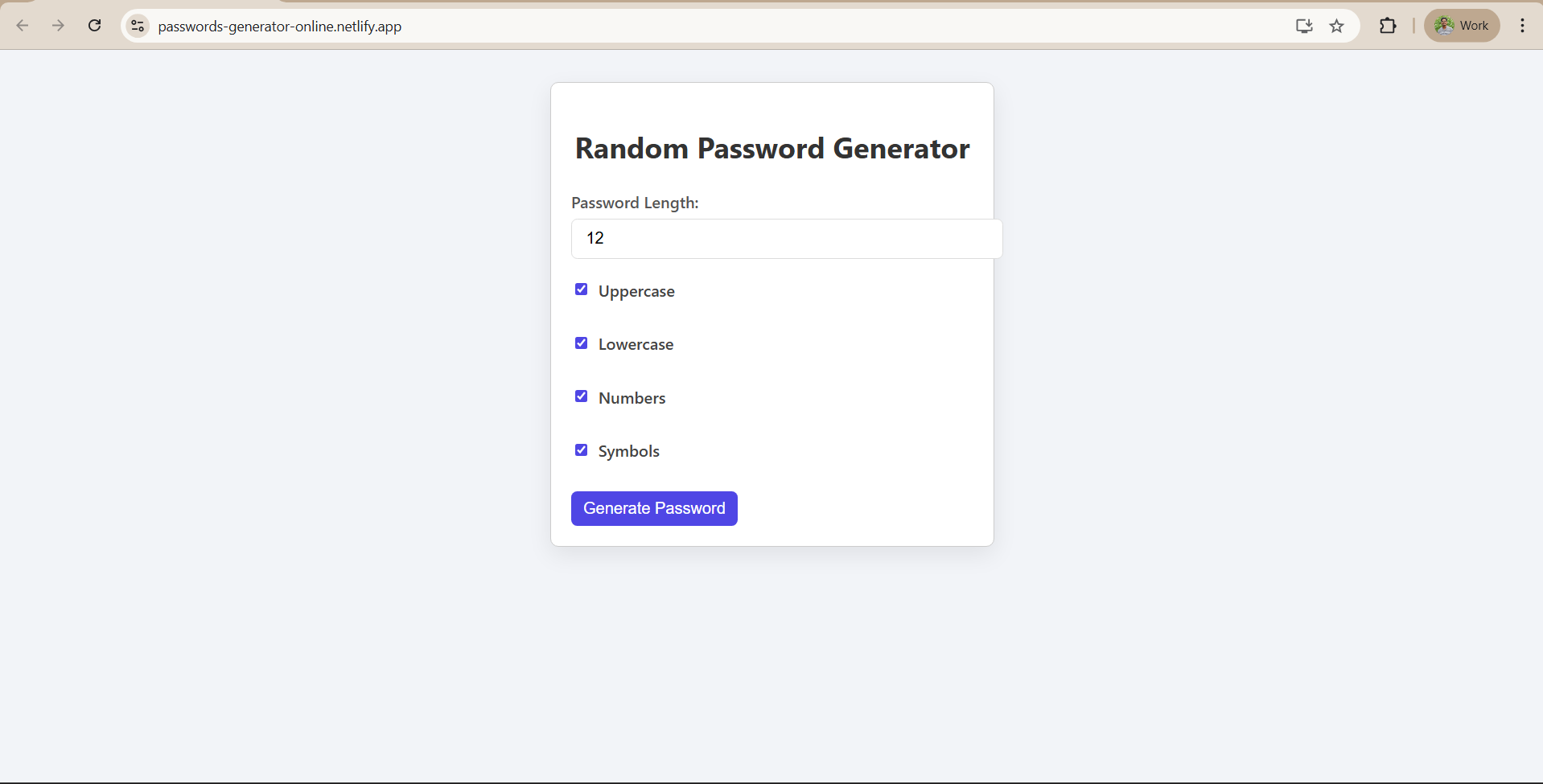Conclusion of the Project
Conclusion
This final module wraps up your Gen-Z Image Carousel App built using React and Vite. You'll reflect on what you've learned, test your understanding with quiz questions, view the final live app, and explore resources to continue your front-end development journey.
Learning Outcomes
By building this carousel app step-by-step, you’ve developed a practical understanding of several core React concepts, styling strategies, and app structuring principles. Here's what you accomplished:
1. Set up a React project using Vite: You initialized the project with Vite for faster build times and instant HMR (Hot Module Replacement), creating a more efficient developer experience compared to traditional setups like Create React App.
2. Designed a modern carousel with animations: You used framer-motion to animate transitions between carousel images smoothly. This helped the carousel feel more interactive and polished.
3. Built a flexible image upload system: You enabled users to upload up to 10 images using a <input type="file" multiple /> field, converting uploaded files into accessible URLs using URL.createObjectURL.
4. Created a dynamic carousel viewer: You implemented core carousel functionality using React’s useState hook for tracking:
- The currently displayed image
- The full image list (default + uploaded)
Navigation buttons allow users to move forward and backward through the image list in a circular fashion.
5. Added thumbnail navigation: You provided a thumbnail preview row so users can jump to any image with a single click. This enhances the usability of the carousel and shows off your ability to build interactive UI features.
6. Used modular styling with Tailwind and CSS: You combined traditional CSS (index.css) for layout styling with Tailwind CSS utility classes in Carousel.jsx to experiment with both styling approaches. You learned:
- How to structure layout with Flexbox
- Apply hover effects, transitions, and animations
- Highlight active thumbnails using conditional classNames
7. Organized components and files clearly: You built reusable components such as Carousel.jsx, split styling into dedicated files, and followed a clear folder structure inside the src directory. This modular approach improves maintainability and readability.
8. Customized for a fun theme and branding: The project featured a themed interface titled “Gen-Z Image Carousel” with bright cyan UI accents on a dark background. You added a personalized footer and placeholder images, giving your app a fun and friendly identity.
9. Deployed the app using Netlify: You deployed the final build of your carousel app live on Netlify. This gave your app a global presence and taught you how to convert local projects into public-facing web apps.
Live Demo
Live Link: Gen-Z Carousel App by Jaishree
This link showcases your final app live on the web. Try uploading your own images and navigating through the carousel with animated transitions and thumbnail previews.
MCQs (Answers at the end)
1. Which hook is used to track the currently displayed image?
a. useRef
b. useEffect
c. useState
d. useMemo
2. What does the handleUpload function do?
a. Changes button colors
b. Loads CSS files
c. Converts uploaded files into URLs
d. Sends form data to the server
3. Which library handles image animations in the carousel?
a. Axios
b. Tailwind CSS
c. React Router
d. Framer Motion
4. What happens if no images are uploaded?
a. App crashes
b. A default image array is shown
c. A form is shown
d. The carousel disappears
5. How does the app allow direct navigation to a specific image?
a. Through scrolling
b. Through hover effects
c. By clicking thumbnails
d. By dragging images
Answer Key:
- c – useState tracks the current image index and uploaded images
- c – handleUpload maps selected files to object URLs for rendering
- d – framer-motion powers the animated transitions
- b – Default images are shown when no uploads are available
- c – Clicking a thumbnail sets the active image index
Resources
Ready to take your React skills even further? Here are some curated resources to help you continue building amazing apps:
1) GUVI’s ReactJS Self-Paced Course
Want to master React from the ground up and build more portfolio projects? Check out GUVI’s ReactJS Course where you will:
- Learn components, routing, forms, hooks, and more
- Build real-world apps with guided mentorship
2) Full Stack Development Path
Want to build full apps — including frontend, backend, and database? Then check out GUVI’s IIM-M Pravartak Certified Full Stack Development Course that covers:
- React (Frontend)
- Node.js & Express (Backend)
- MongoDB (Database)
- Version Control, Deployment & More
Perfect for beginners ready to launch a full-fledged web development career.
Final Words
You’ve successfully built, styled, and deployed a complete image carousel application using React, Vite, Tailwind, and framer-motion. Along the way, you practiced component-based architecture, managed application state with hooks, handled user input, and worked with both static and uploaded image assets.
This project is a strong portfolio piece and a demonstration of your ability to build real-world interactive apps using modern frontend workflows. Thankyou for sticking with me through to the end and good luck!
















